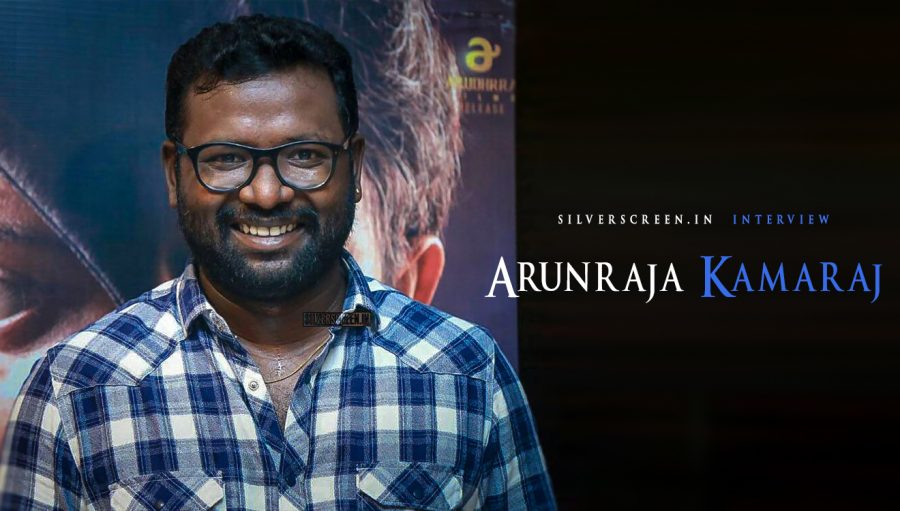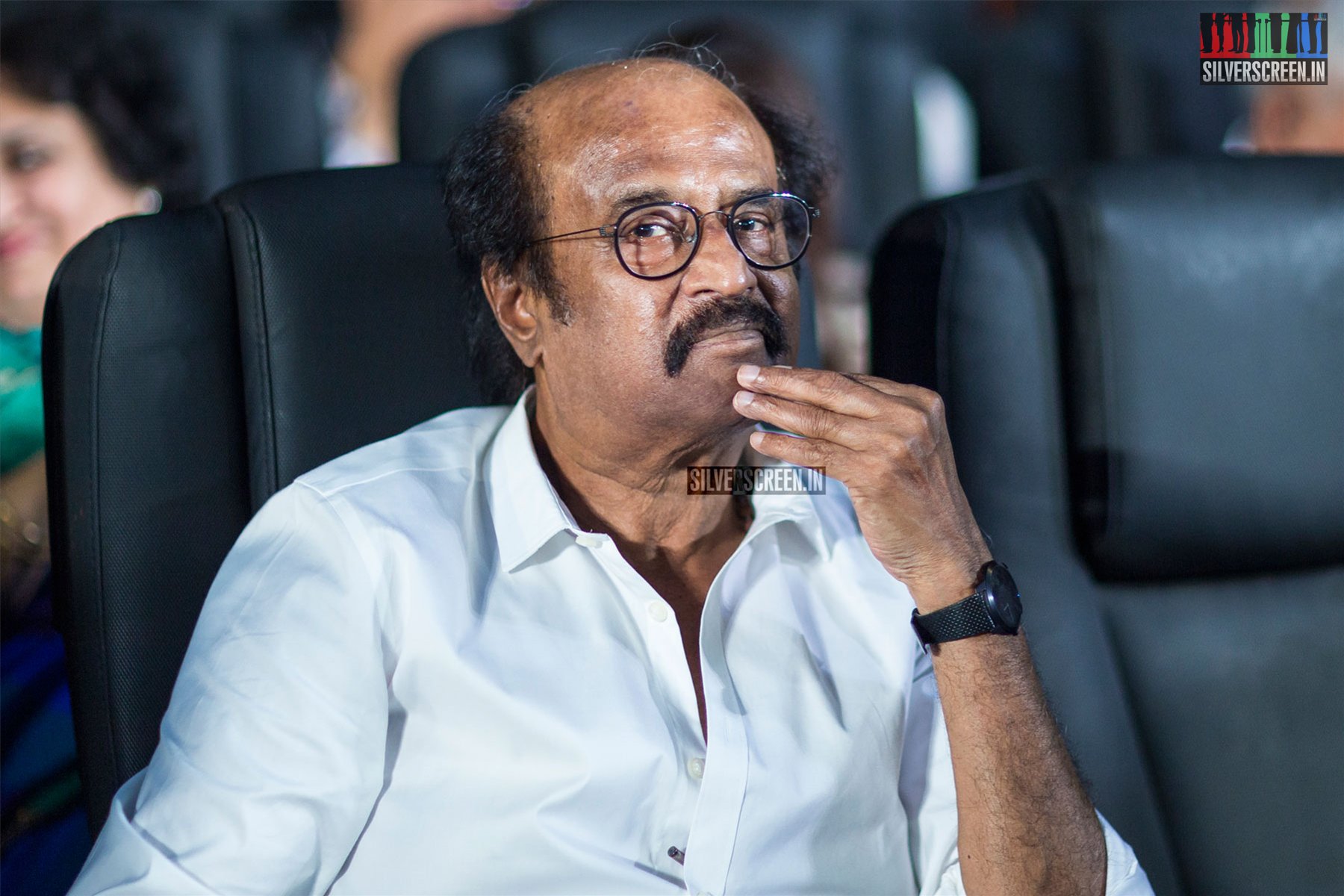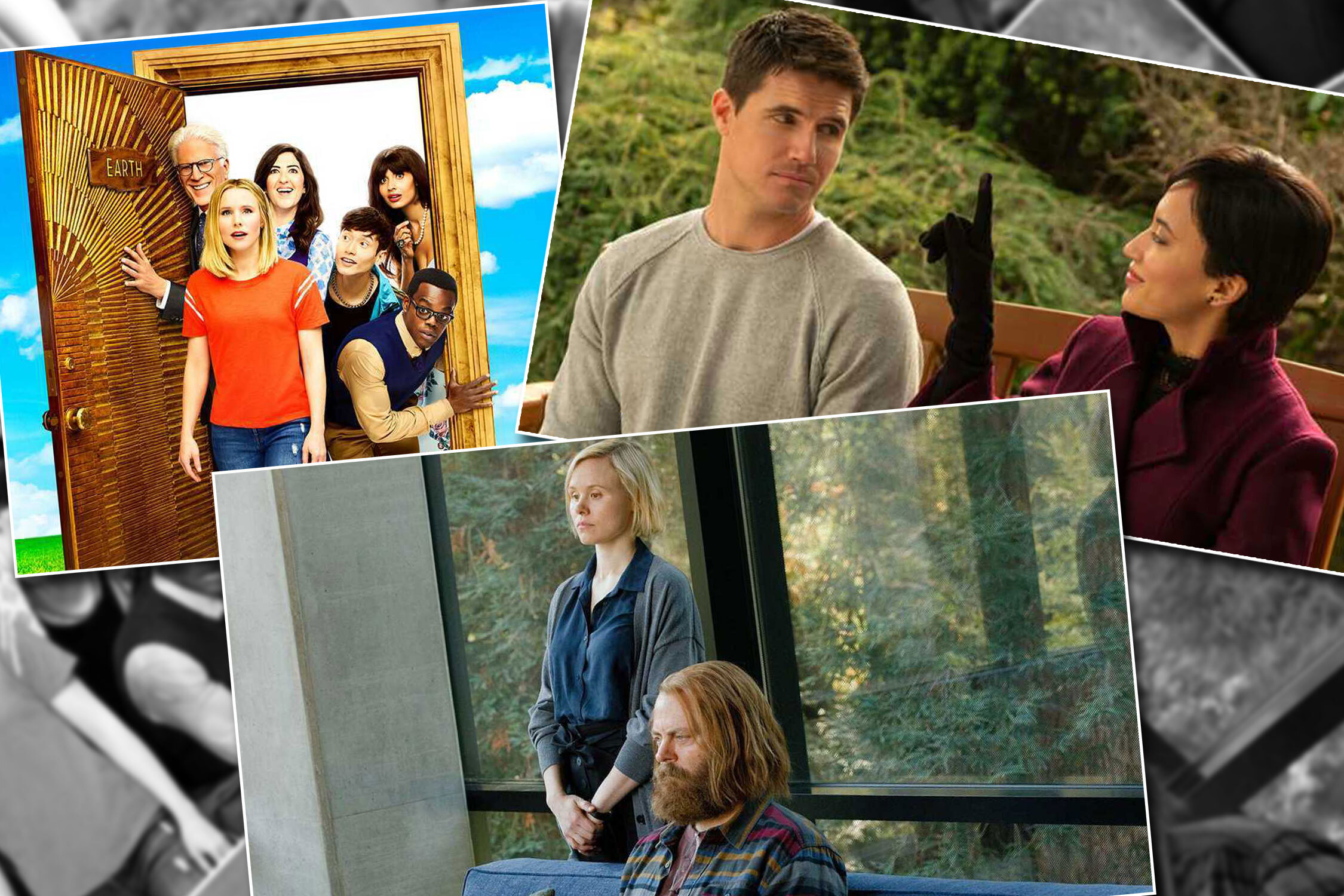Director Arunraja Kamaraj, whose directorial debut Kanaa hit theatres last Friday, says he wanted to make a film that combined two of his intimate experiences: agriculture and sport. In this interview, he talks about its making and addresses the reviews – the good and the bad
Growing up in Kulithalai near Karur, Arunraja Kamaraj was no stranger to the agrarian way of life. His neighbour ran a dairy of sorts, with seven to eight heads of cattle, and as children, Arun and his friends helped bathe the cows during Pongal and clean the shed. The shed also doubled up as their cricket ground. This was also where he saw how the entire village congregated near the fertiliser and pesticide store; it was the fulcrum of all happenings, nanbargalin koodaram, as Arun puts it. “Those in the villages clearly demarcate their lives — they work, they find time for leisure and conversation and they sleep on time.” All these find a place in his Kanaa, which released last weekend along with four other Tamil films, but has managed to do well at the box office, with the number of screens almost being doubled.
If Arun’s playground was Kulithalai, so is his lead character Kowsi’s. She’s the girl who identifies with cricket as a smile on her farmer-father’s face, and as his wet tears, and decides to make him happy by playing the game. She’s also born to a daughter of the soil who believes that while it is all right to dream, it is more important to be adamant about it so that everyone knows how important it is to you.

Actor, singer and lyricist Arun, 33, decided to turn director with a film that fused both his loves. The response, he says, has been phenomenal. “Many tell me they have shed happy tears after the movie, and rush up to me and hug me. It’s a precious gift. This positivity is transformative, and motivating. So many people have had dreams, but not acted upon them. The film has proved to be a re-awakening for many. Even if 10 people in the audience feel they should achieve their dreams, I will be a very happy person.”
The film also saw him team up with his best friend from college, his roommate Sivakarthikeyan, who turns producer with this film. The logo for the production house says this is a family, friends and fans film. That’s true, says Arun. “Almost all who worked in the film were drawn together by the bond of friendship. Many are friends who are almost family, and everyone had come for the friend called Sivakarthikeyan.”
The film treads a thin line between showcasing farmers’ plight and preaching about it. Some felt it did step into the preachy category, but Arun says some things had to be told. “Also, while one section might find it preachy, another might see reflections of reality in it.” Kanaa is set in the Delta region, presently ravaged by cyclone Gaja. And, the film throws the spotlight on little things that an outsider might never notice or know. Take, for instance, the news bulletin about the release of Cauvery water. For city-dwellers, it’s merely news. For those in the Delta, it’s a lifeline. This is something that came naturally to Arun, because he grew up “Cauvery karaiile” (by the banks of the Cauvery).
Arun is also familiar with cricket, and its attendant politics. “It helped me, because I needed something to show how as the farmer faced downfall, his daughter did too. Cricket is a not a normal person’s game at the professional level; it is ideally suited for someone upper middle class. Gully cricket is an equalizer, but professional cricket is still a dream for those not financially well off,” he says.
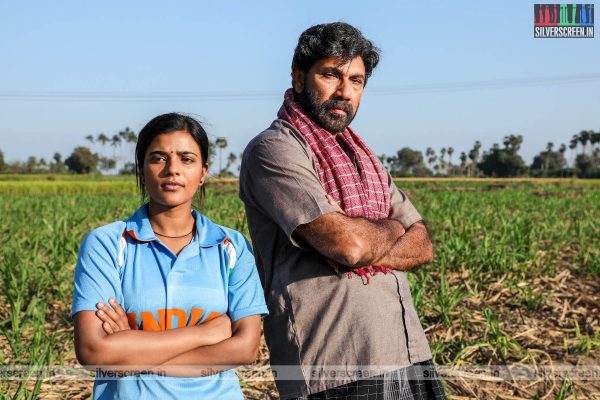
The film also touches upon the issue of farmer suicides. A villager drinks poison unable to pay back loans taken for a field that has since dried up. Even Kowsi’s father, proud farmer Murugesan, contemplates that line of thought, unable to provide for his family. “If you notice, he’s best friends with the person who owns the fertiliser shop. That person is making money, but Murugesan won’t ask him, and the latter won’t belittle him by offering him money. They have vairaagiyam (loosely translates into self-respect). They are not arrogant, but can you imagine how difficult it must be for someone who provides food for the nation to be in a position where he can’t sustain his own family? These are people who feel they are letting their child go to ruin when the crops dry up. Imagine the pain they must go through before they decide to give away their land!”
When writing the script, Arun was particular that while the film will be set in a village, it had to contain things that people were not aware of, things that were not a regular presence on screen. The urakkadai was one such element; so was Kapil Dev the family bull; the entire group watching cricket under one roof and Murugesan sitting in the same place to watch every match. Early on, Arun establishes how Kowsi sees cricket first on her father’s face – he’s a familiar face, the game is new for her; the director maintains that train of thought throughout. During the climax, her mother Savithri is the only one in the village whose face is not turned towards the television set; she looks at her husband’s face as pride and joy take turns to mark their presence there; she finally understands his love for the sport. “Yes, some did mention it was artificial, but I had a reason for shooting it the way I did – they know of the sport because of him. Even otherwise, we are prone to thinking of anything we don’t know or have not experienced as artificial.”
Arun also believes that an ‘emotional’ movie such as Kanaa might not be seen the same way by all. “Some see it as a movie, others see it as life,” he says. Another issue that rankled was the voice-overs for the non-Tamil players. While there was a disclaimer right at the beginning of the film, it did not ring very true. “It was a call I had to take. I knew that if they directly spoke in Tamil, it would not sound real, and I would lose the emotion, because we emote best in our language. I wanted them to ‘behave’ not ‘act’. Also, if they spoke in Tamil, you would have lost out on the scene where Kowsi nods her head when her seniors speak to her in Hindi; she does not understand them. Her reaction was important,” says Arun.
The climax might have been considered over the top, but Arun says he wanted the irony of the bank sealing a farmer’s house for non-payment of loan but choosing to spend crores to sponsor a tournament to sink in. “They could have been sensitive to a farmer’s plight, but did not, so I needed that scene. I also needed it to show how Kowsi learns to succeed before speaking, so she’s heard.”
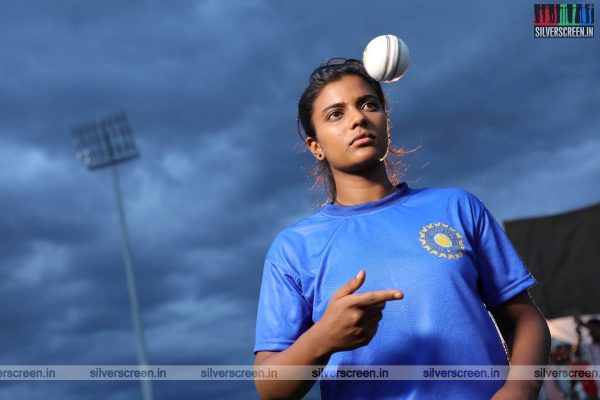
Among the film’s better moments is when Kowsi eagerly throws the ball to the local annas playing cricket hoping she’ll get a chance. Later, she looks defeated, dead in spirit when she’s not chosen for a tournament. She’s like her father, soft from within. It takes her mother to awaken her and teach her how to be adamant about her dream. And, Arun says he’s very happy with the praise coming the way of Aishwarya Rajesh, who played Kowsi. One of the few Tamil heroines who can speak the language with finesse, she’s been slotted in mainstream cinema even as some filmmakers tap into her ability to become the character. “She’s the only one among the current crop who can speak slang beautifully. It’s important to have a hold in the language you’re working in. That allows her to give me a range of emotions when others might settle for four or five stock reactions. She’s the one who can crinkle her eyes, look wide-eyed and smile after a pause. Her minute reactions are a joy to watch. Everyone has been saying it’s her career-best, but I think there’s so much more she has to offer.”
Even as we speak, Arun’s pet Labrador Jillu barks away in his Chennai home. “I love all animals, but am terrified of snakes,” he smiles. As a child, he slipped his hands into an urn only to find something cold to the touch. It turned out to be a snake that had feasted on rats and was resting!” While Arun is now a Chennaivaasi for all practical purposes, he still remembers the initial shock of landing in a metropolitan city. “I was used to the Cauvery, I never knew water shortage. I respected the river even more after moving here.”
One of the scenes that everyone spoke about glowingly was the one where Murali Krishna (Darshan), who has constantly batted for Kowsi and holds a torch for her, walks away gently after she calls him anna. He does not sing a sad song or curse all women, insisting they dump men on a whim. “It was a conscious call to create a character like Murali’s. He has always supported her and knows that her dream is most important. What if she gets distracted after knowing how he feels, or what if she rejects him and is upset that he hid his intentions from her all these days? I did not want a situation where we wavered from her dream. Also, while he walks away, hope still floats. He holds a placard asking her to marry him. He never tells her he loves her. There’s a world of difference.”
Recommended
The character of Nelson Dilip Kumar, played by Sivakarthikeyan, was drawn from the lives of many cricketers.
“It’s not imagined. Saba Karim lost an eye during a match, Mark Boucher retired from the game after an eye injury, and we know how overjoyed we were when Rahul Dravid mentored the Under-19 India team to win the World Cup,” he elaborates.
Going back to the production logo, what does Sivakarthikeyan mean to Arun? “He’s all three. He’s first someone who exemplifies what a true friend is. He’s also family; we look out for each other. We began working at around the same time. We are still together. And, yes, I’m a fan of how he’s become a role model for an entire generation.”
*****
The Arunraja Kamaraj interview is a Silverscreen exclusive.
